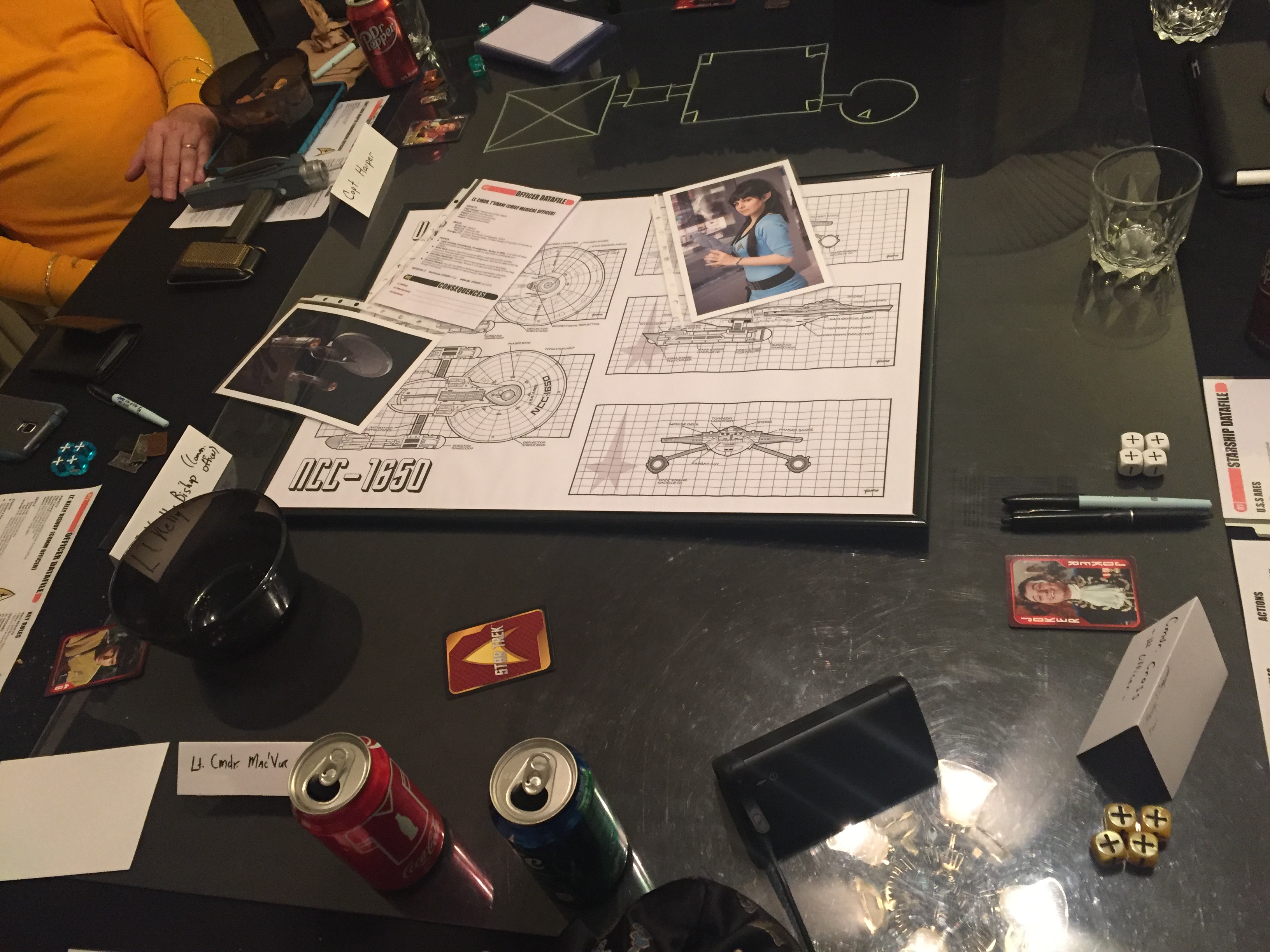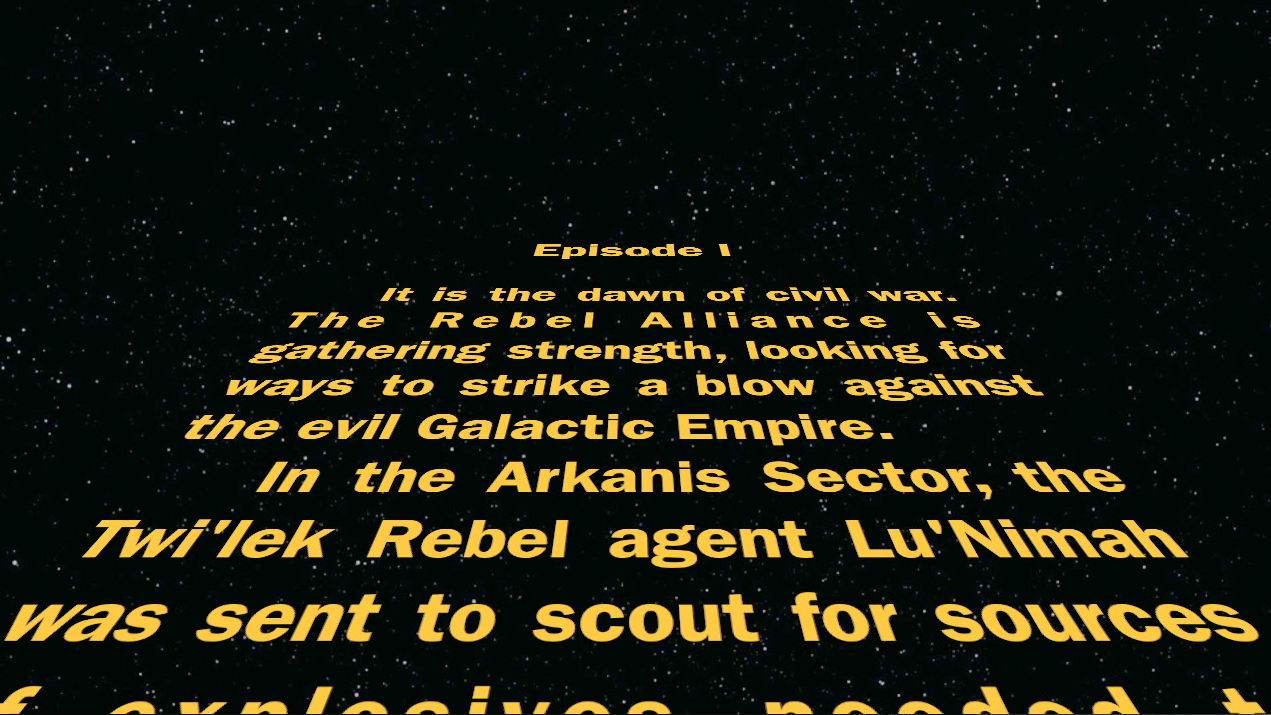Author’s note: this page has a lot of high-res images. Be patient as they load. Don’t forgot to scroll down to see all the images and comments!
I’m doing some long term planning about an epic, multi-year Middle Earth RPG campaign. One key element my game group guys want is Kingdom building rules, so we’ll likely hack the Pathfinder ‘Kingmaker’ OGL rules to serve this purpose. Kingmaker rules presume you have 12 mile hexes, and they have rules about exploring and settling (and defending) hexes, so this should work well. But — we’ll need an epic map to make this work like I want. Here’s my prototyping so far.
First up is taking a high-res fan-made map and cropping it to fit on an 18×24″ aspect ratio. This will be our World Map we work with for the campaign.
Next up I zoom in on the top left corner. I could make this NE quadrant into an 18×24″ map if we decide we need that.
Then I overlay a hex grid over the quadrant. Each hex is 60 miles, which is the D&D 5e Kingdom scale, which will play well with setting up 12 mile sub-hexes inside them. We’ll be adventuring in the Third Age, around T.A. 1400-1600 (centuries before The Lord of the Rings adventures). This area of Middle-Earth has several MERP (Middle-Earth Roleplaying, the old 80’s RPG) modules we may want to leverage so I think this is a great place to adventure. Also, it’s close to Angmar and near enough to the Witch-King to get into trouble with his foul minions. But I digress…
So I overlay a the sub-hex map with a rectangle that will, once zoomed, make for another nice 18×24″ map, this time portrait instead of landscape.
Here’s what it looks like zoomed in.
The above topography is simple enough we can ‘explore’ in traditional hex-crawl format and draw in features as we explore using wet-erase pens on the poster frame in which I’ll put it. Alternatively we could use the uber-awesome Peter Fenlon map from the MERP products. Looks really cool. If I go this route I’ll need to fix the colors in the scans and also sharpen and possibly re-typeset the labels for legibility.
A third option would be to use a hex map that has no details at all and we draw in features as we explore or as they become relevant. Anyway, lots of cool option.
Want to track my progress? Follow me on Google+ where I’ll share out once in a while the maps and other tools as they progress 🙂








 If you want to make a planner cover, you can use my OpenOffice template below. It is an OpenOffice Draw (.ODG) file. You can edit it using either free
If you want to make a planner cover, you can use my OpenOffice template below. It is an OpenOffice Draw (.ODG) file. You can edit it using either free 



Recent Comments